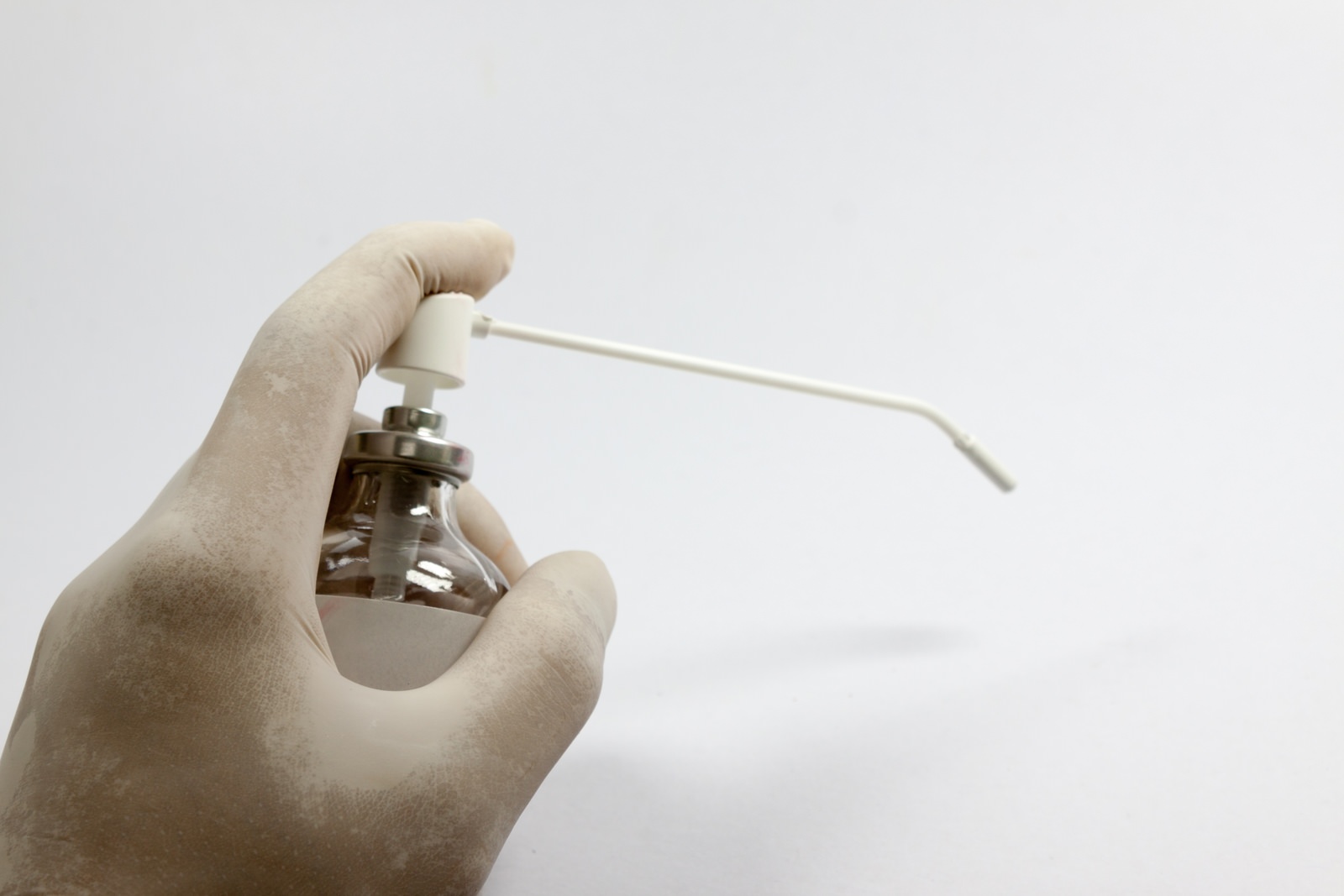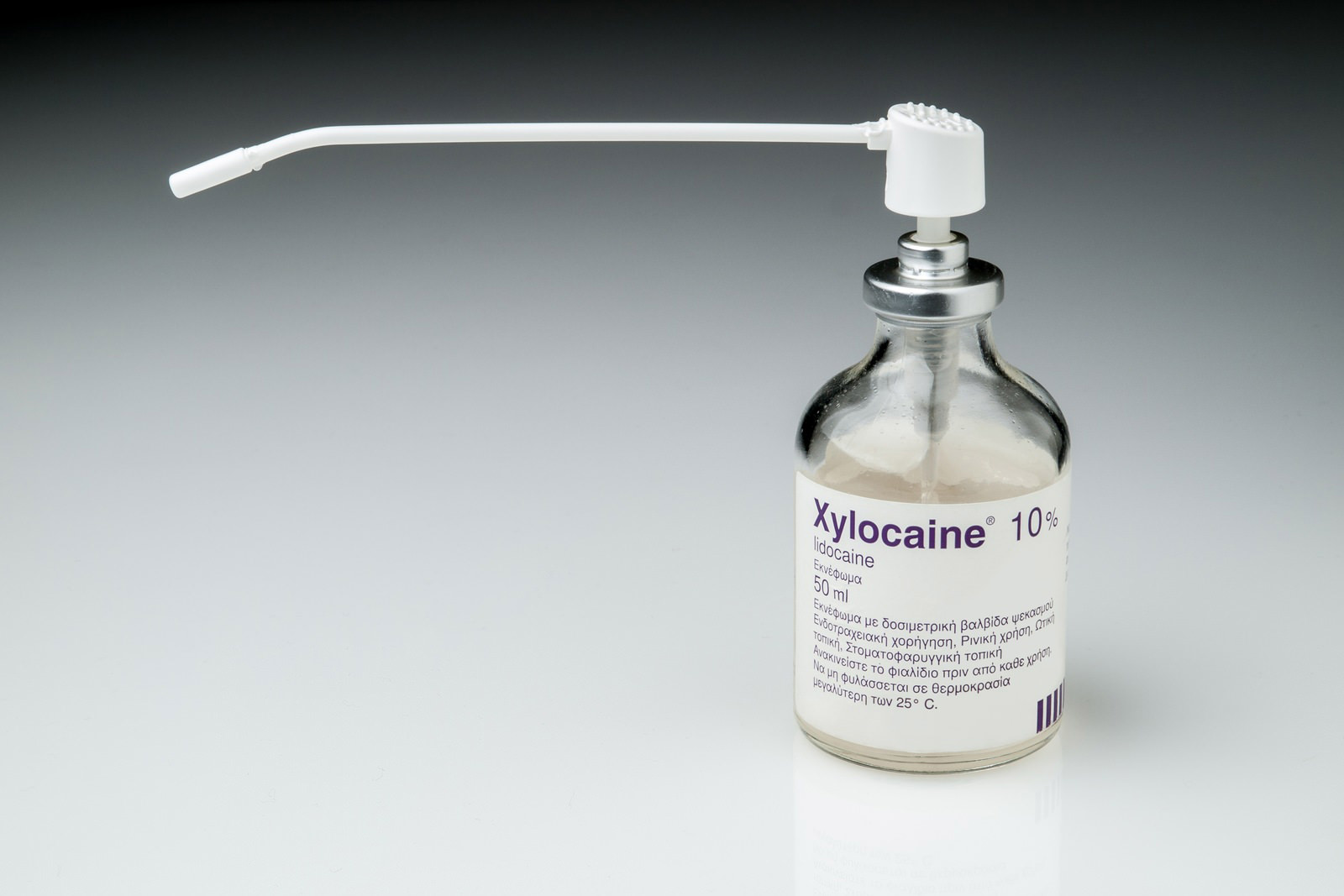Sphenopalatine block
Reduce your pain and improve your quality of life.
SCHEDULE A CONSULTATION
At the Pain Management Clinic of Dr. Patrice Langlois, our priority is to improve your quality of life by offering safe and effective pain management solutions. One of our treatments is the Sphenopalatine block. This specialized therapy is designed to relieve the pain and discomfort associated with headaches and facial pain. Whether you’re struggling with migraines, facial neuralgia or other conditions, our team is committed to providing you with personalized care focused on your well-being.
What conditions can be treated with a Sphenopalatine block?
A Sphenopalatine block relieves targeted pain by interrupting pain signals. This treatment is effective for a wide range of conditions, including:
- Migraines
- Post-concussion headaches
- Trigeminal neuralgia
- Facial neuralgia

Tired of letting chronic pain dictate your life?
Take back control with the help of our experts. The Pain Management Clinic is here to offer you personalized solutions and support every step of the way.
Contact us today to find out more.
Does chronic pain prevent you from enjoying life’s simple pleasures?
Our clinic uses a diverse range of medications, products and modalities to effectively manage and treat your pain.
Sphenopalatine block injections may use the following medications:

Bupivacaine
Bupivacaine is a powerful local anesthetic that numbs the targeted area for several hours, providing immediate pain relief.

Lidocaine
Lidocaine is a local anesthetic commonly used for rapid pain relief by blocking nerve signals in the affected area. It provides rapid, short-term relief.
Technique
The Sphenopalatine block technique requires the patient to be lying or sitting upright. After anesthetizing the nasal passage, a nasal cannula is inserted into the spheno-palatine fossa through the nostril, and the final dose of local anesthetic is sprayed.
Goals
The main aim of this treatment is to reduce pain and discomfort rapidly and considerably.
Success
It is difficult to predict the level of relief for each patient. The success of the treatment depends on the severity of the condition and the patient’s response.

What can I expect following a Sphenopalatine block?
Patients undergoing Sphenopalatine block injections can expect considerable relief from symptoms such as headaches, facial pain and neuralgia. Pain intensity and frequency will be reduced. In most cases, relief is felt immediately after the procedure. Sphenopalatine blocks offer valuable respite from debilitating head and facial pain, improving overall quality of life and promoting a more comfortable and active lifestyle.
Chronic pain isn't just physical, it's emotional too. You're not alone, and we're here to help.
Contact us today to learn more.
FAQ
Visit our FAQ section to find out more about our procedures. You will find answers to many of your questions.
What is a Sphenopalatine block?
A Sphenopalatine block is a minimally invasive procedure that involves spraying a local anesthetic into the nostril. The medication then penetrates through the nasal wall and reaches the spheno-palatine ganglion.
What is the spheno-palatine ganglion?
The spheno-palatine ganglion is a group of nerve cells located in a small space behind the nasal cavity. It transmits sensory information from the head and face to the brain. The spheno-palatine ganglion plays an essential role in regulating functions such as nasal secretion and the dilation of blood vessels in the head and face.
How long does pain relief last after a sphenopalatine block?
The duration of pain relief varies. Many patients experience relief immediately after the procedure, with the effects lasting from a few hours to several days, or even weeks for some patients.
Are there any risks or side-effects associated with Sphenopalatine block injections?
Sphenopalatine blocks are generally very safe. However, as with any procedure, there are risks and potential side effects, including throat numbness, a bitter taste, nosebleeds and a slight headache, which usually disappears within an hour.
How often can I receive Sphenopalatine block injections?
Sphenopalatine blocks can be given as a series of injections if required. In general, patients need these injections every two weeks or months, depending on their response and the reappearance of symptoms.
Find out how we can help.
We're committed to compassionate care and giving our patients the tools they need to live life to the fullest despite the challenges of chronic pain.
Contact us today.

